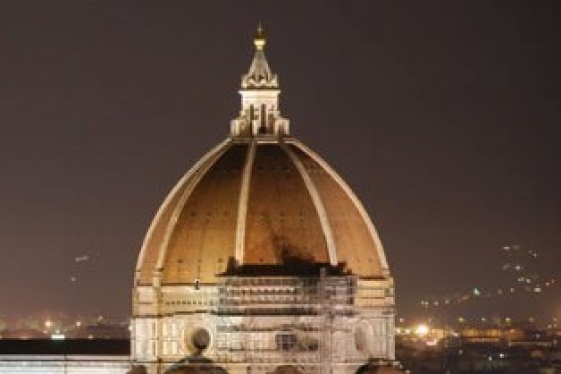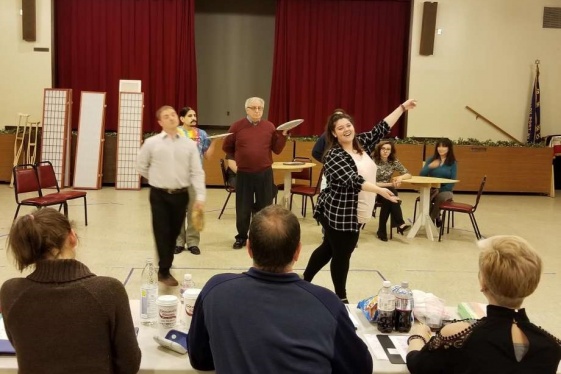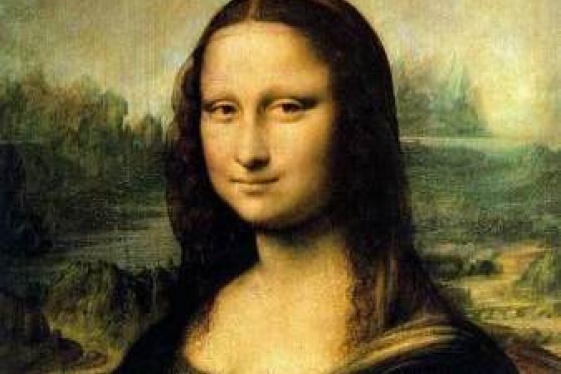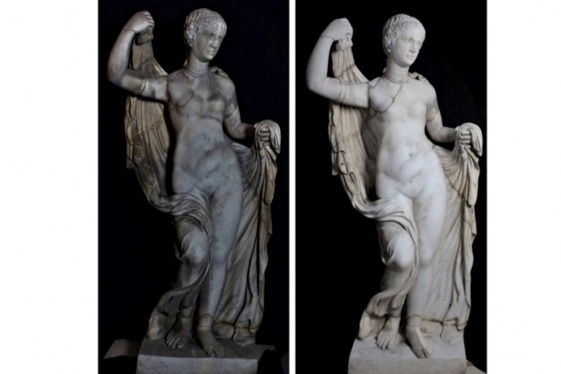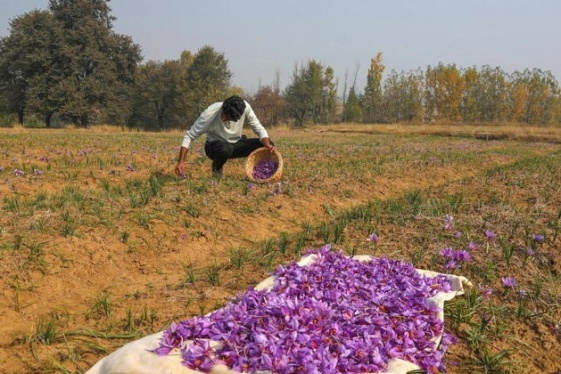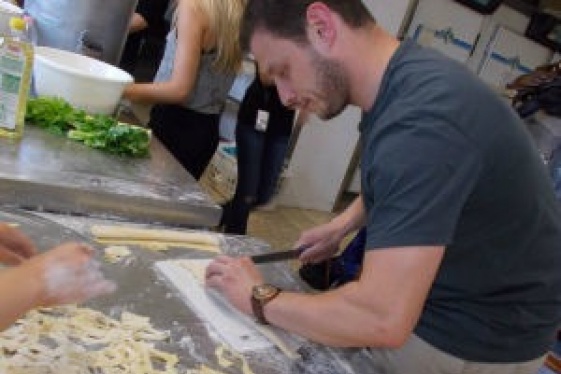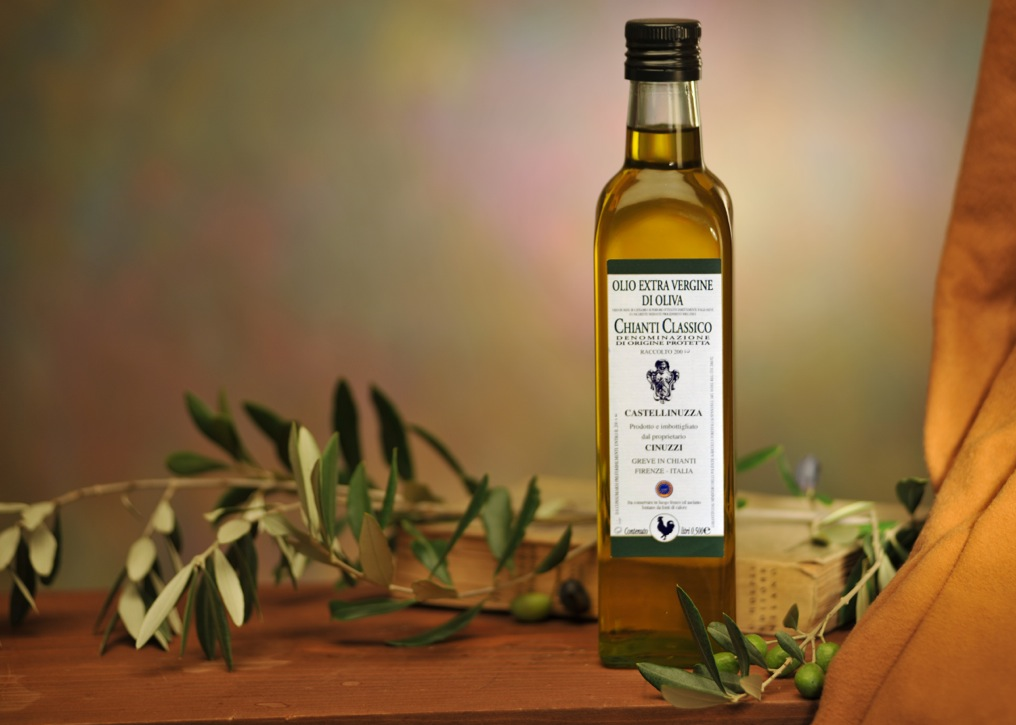

The PDO extra virgin olive oil is the result of careful experimentation and assessment, requiring great commitment and technical precision to achieve its excellence.
Its age-old tradition began in the 14th century AD, and olive growing began to spread starting from this era, both for religious (Catholic rituals and ceremonies) and nutritional reasons, and due to the population increase in the area between Florence and Siena, with many woodland areas converted into olive groves and vineyards. This agricultural transformation characterised the features of the Tuscan landscape, whose charm lies in the harmony between the farming activity and the natural environment.
The history of extra virgin olive oil is that of a tradition unchanged for centuries, and to protect the production olive oil production in the Chianti area, the “Chianti Classico Area Extra Virgin Olive Oil Consortium” was formed in 1975, which, after various changes, became the “Consortium for the Protection of Chianti Classico DOP Extra Virgin Olive Oil” in 2000.
Today, the protection consortium unites and supports around 250 olive growers, with approximately 500,000 registered olive trees, a production potential of around 4,000-5,000 quintals of oil, about a hundred bottlers, almost thirty millers and a distribution network covering the entire world.
The Chianti Classico DOP Olive Oil Consortium also contributes to promotion of extra virgin oil for Gallo Nero, through scientific and informative events around the world.
Production Stages
Extra virgin olive oil is a basic agricultural product obtained by “mechanical” processing of olives. The olives are hand picked from the trees and transported to the mills in small crates with perforations to allow air circulation. In the mills, the olives are washed in running water and placed in hammer cylinder, blade or disc oil mills, where they are ground into a paste. This is then transferred to vats in which it is slowly stirred in order to break down the water-oil emulsions and facilitate the enrichment of the oil with antioxidants (polyphenols) and vitamins.
The oil is then completely separated from the water and olive pulp in centrifuges. At this point, the olive growers take the oil back to their farms, where it is stored in stainless steel containers or, less commonly, in terracotta jars.
Before being launched onto the market, the oil undergoes chemical tests conducted by a certification body authorised by the Italian Ministry of Agricultural, Food and Forestry Policies.
Twenty seven analytical parameters have to be checked, in addition to organoleptic tasting to determine and describe the aroma and flavour characteristics of the oil, before it can be released for consumption.
The tasting has to follow a procedure established by the European Union, and tasters are carefully assessed, to select those with the physiological requirements necessary for enrolment in the National Register of Tasters.
The Product
Chianti Classico DOP olive oil, characterised by its good fruity flavour, with hints of raw artichoke and fresh grass, and pleasantly spicy on the throat, is the fruit and expression of the land in which it is produced.
For the extra virgin oil to become Chianti Classico DOP, it must originate from entirely within the boundaries of the Chianti area and contain the typical vitamins and other antioxidants that provide its genuine health-giving properties.
Unlike ordinary olive oil, from an industrial process in which chemical or organoleptic defects are corrected with additives and stabilisers, extra virgin olive oil is pure and preserves all its vitamins, antioxidants, flavours and fragrances, as well as its link with the local area and its agricultural tradition.
Extra virgin olive oil is also one of the best oils for frying, tolerating high temperatures without reaching the “smoke point” thanks to its antioxidants, which prevent the formation of carcinogenic compounds.
The Local Area
Chianti is part of Tuscany, bounded to the north by the outskirts of Florence, to the east by the Chianti mountains, to the south by the city of Siena and to the west by the valleys of the Pesa and Elsa rivers.
This is a land of ancient traditions, civilised in ancient times, first by the Etruscans and then the Romans. In the medieval era, it was the scene of constant battles between Florence and Siena, and villages, abbeys, castles and strongholds were built during this period.
Large woodland areas with chestnut and oak trees were cleared for the cultivation of grapes and olives, which gradually acquired economic importance and international fame.
Starting in the 18th century, with the agrarian revival in Tuscany, sharecropping became the main agricultural system in the Chianti area and the landscape was enriched as a result of the new organisation of work. Many of the farmhouses and property boundaries, which still exist today, date back to that period.
From the late 1800s up to the threshold of the third millennium, Chianti Classico wine and oil have steadily established their presence on tables all over the world, bringing prosperity and well-being to the area in which they are produced.
Consorzio Olio DOP Chianti Classico
You may be interested
-
Lecture and Concert that bring Italy to New...
Saturday, february 28 - 7 pm ESTChrist & Saint Stephen's Church - 120 W 69th St,...
-
'Buongiorno Papà' vince Nice Festival Usa
'Buongiorno papà' di Edoardo Leo, film sui quarantenni single in Italia, interpretato da R...
-
'Christmas I Remember Best': The Italian ceme...
Years ago our family spent an idyllic summer in beautiful Florence, Italy, the heart of Re...
-
'Love in Firenze' comes to The Addy at Procto...
Composer Ed Munger, 76, and lyricist Herb Weisburgh, 82, are a local songwriting duo who h...
-
'Mona Lisa's' identity could be revealed thro...
By Jamie Wetherbe The mystery of "Mona Lisa's" real-life muse, which has spawned centurie...
-
'Rediscovered Aphrodite' In Italy's National...
The recently restored statue of Aphrodite housed in the Museo Archeologico Nazionale (Nati...
-
'Saffron tourism' takes hold in Italy, harves...
Saffron tourism is the holiday of choice for a growing number of people fascinated by the...
-
'The Art of Italian Cuisine' teaches students...
This past summer, 20 students traveled to Siena, Italy, for the two week-long study abroad...



